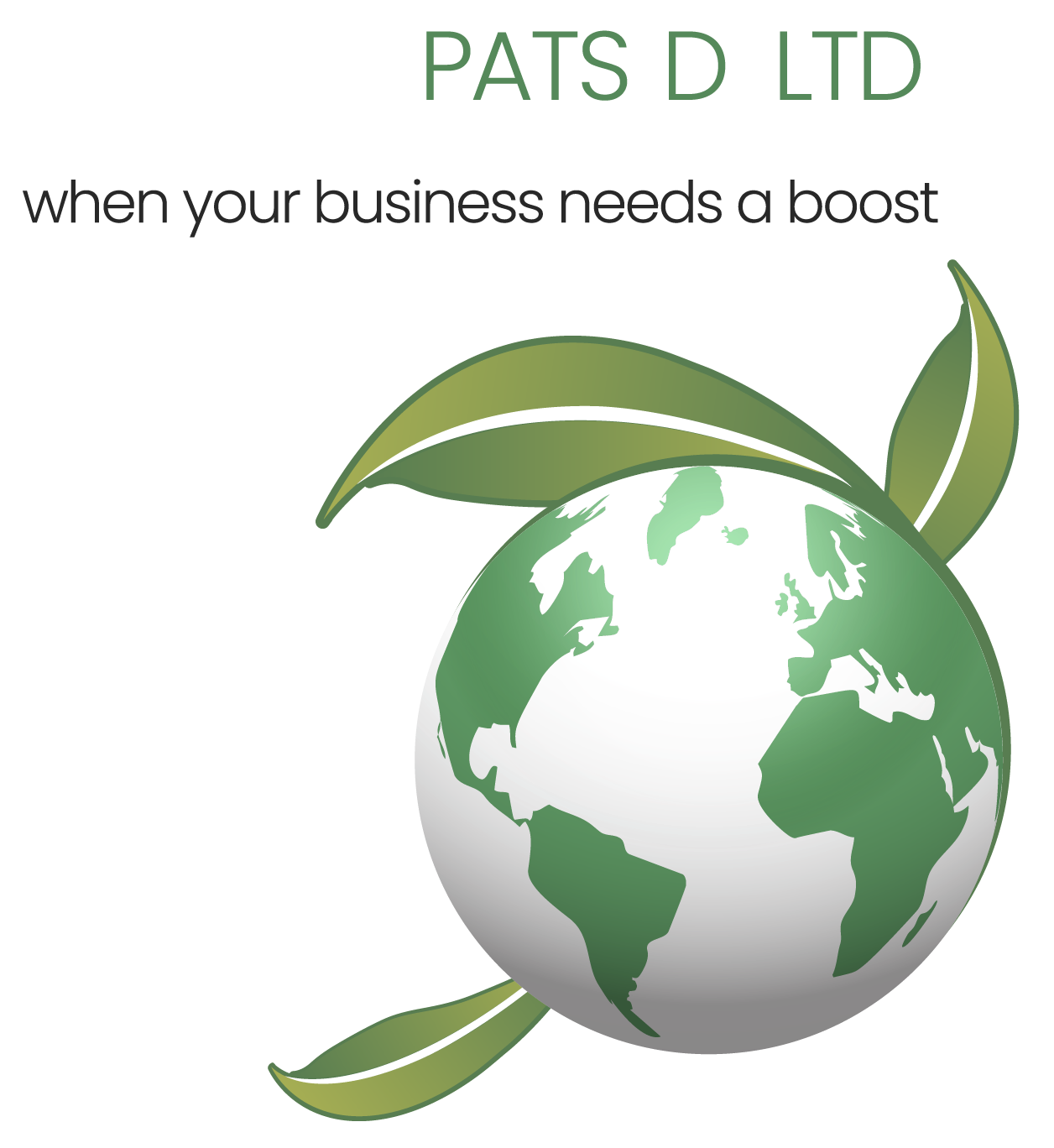If you’re planning an event or campaign or just looking to spread the word about your business, a well-designed leaflet can be really helpful. Leaflets are a cost-effective way to reach lots of potential customers. But with so many leaflets out there, you want yours to stand out from the crowd.
A leaflet is a marketing and promotional tool that can be highly effective if designed properly. Whether you design it yourself or hire a pro, getting the basics right will make a big difference. It’s all about understanding the key features of an effective leaflet.
Important Features of a Leaflet for Effective Marketing.
Leaflets are often briefly glanced at, so they must stand out and clearly convey their message. The proper features can make the difference between being ignored or successfully driving people to take the desired action.
Size and Dimensions
One of the first considerations when making a leaflet is getting the size and dimensions right. Common sizes like A5 or A6 are popular choices because they are easy for potential customers to hold and slip into bags or pockets. The A5 size is approximately 148 mm x 210 mm, while the A6 is around 105 mm x 148 mm.
Choosing the standard sizes means leaflets can be mass-produced efficiently. However, smaller or larger sizes could work, too, depending on the message and how the leaflets will be distributed. For example, at exhibitions, a larger size may be preferable over a crowded street where smaller is better. Compatibility with the distribution method is key.
Design and Layout
The design and layout set the overall tone and guide readers through the content. Including brand identifiers like logos and colours helps with recognition and consistency with other marketing. Trifold or bifold folding styles allow for graphics or messages on the outside while still containing ample internal space.
Balancing text-heavy and visual elements maintains interest and accessibility. White space is also important to avoid an overwhelming wall of information. Overall, the layout must be clear, balanced, and easy to navigate at a glance.
Headlines and Titles
Often, just a few seconds are spent looking at a leaflet, so grabbing attention immediately is vital. A strong headline near the top summarises the main purpose or call to action concisely. It answers the question, “What’s in it for me?”. Popular styles include question headlines and imperative action headlines. The title gives clarity on what problem the leaflet will solve or the opportunity it presents, intriguing potential customers to read on.
Imagery
Relevant, high-quality images are a great addition to break up blocks of text and enhance understanding. Images should support the text and emphasise key messages. Stock photography usually looks impersonal, so consider commissioning bespoke photos if possible. Strategic image placement can help direct reading flow. Images may convey information that would take words to explain, making the leaflet more visually engaging and scannable.
Copy and Content
Keeping text concise yet informative is another feature of a leaflet. Readers want their questions answered quickly. Instead of jargon, write using simple, everyday language. Emphasise the key benefits to the target audience directly to appeal to their interests and needs. Include only the most essential details to avoid overwhelming the reader. Present benefits and feature lists in an easy-to-read format, like bullet points.
Contact Details
Since the aim is for readers to take action, contact details allow them to do so easily. As a minimum, features like business name, address, and phone number allow people to get in touch. Email and social media contacts expand online reach. A dedicated webpage URL provides a next step if someone wants to find out more rather than call immediately.
Calls to Action
To achieve marketing goals, leaflets require a strong verb-based call to action that guides readers on the next step. This could be to book a free consultation, see a demonstration, request a quote, or visit the website now. The CTA should be compelling, tell readers exactly what to do next, and address their motivation – whether saving money, gaining knowledge, or another benefit. Placing important CTAs near the end keeps readers engaged to the finish.
Design Principles
Adhering to principles like using visual hierarchy, consistent formatting, and spacing aid processing. The most important elements stand out clearly, while complementary details are deemphasised. Grouping related information makes scanning easier. Effective use of white space avoids clutter. Professional designs establish credibility for the brand and messages.
Testing and Iterating
Even the best-designed leaflets can be improved. Testing on sample groups to assess what grabs attention, and what aspects people understand and recall, as well as their feedback, helps fine-tune future versions. Monitoring conversion metrics from CTAs, such as website visits or inquiries, shows what is really working to motivate the desired outcomes. Iterating the design by applying learnings optimises success over time.
Conclusion
Leaflets provide an affordable way for businesses, organisations, and individuals to raise awareness and share information. The features of a leaflet are important because they determine how well the content can be delivered and received by the target audience. Readers only have moments to scan a leaflet, so the right size, balanced layout, compelling title, supporting imagery, well-written copy, clear contact details, and motivating call to action are paramount.
Those are just some of the features of a leaflet that can make or break its impact. The most important thing is testing out different designs and getting feedback from others. See what they notice first, what’s clearest to understand, and what might get people to take the next step, whether that’s a phone call or a website visit. You should strive to include all the must-have elements outlined here to make their leaflets stand out from the crowd and accomplish your communication goals.


